Plants or Crops
All Plants or Crops Content
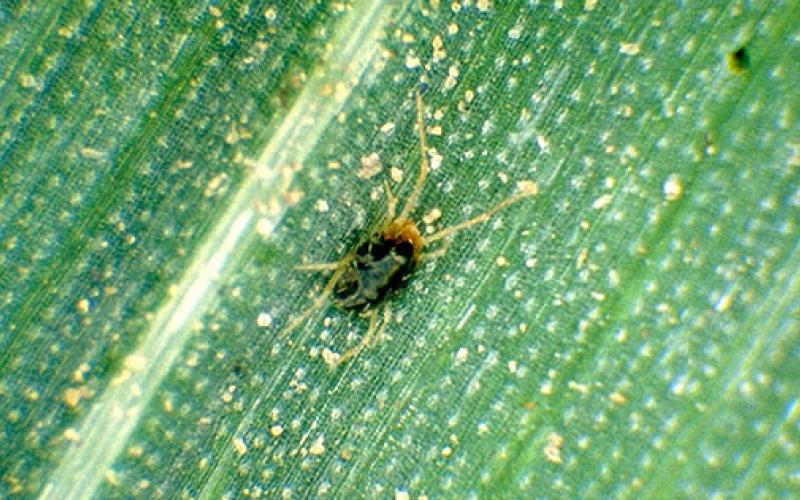
Scouting Winter Wheat for Mite Pests
Winter wheat planting is underway in South Dakota. After wheat emergence, it is important to scout for brown wheat mite and wheat curl mite populations.
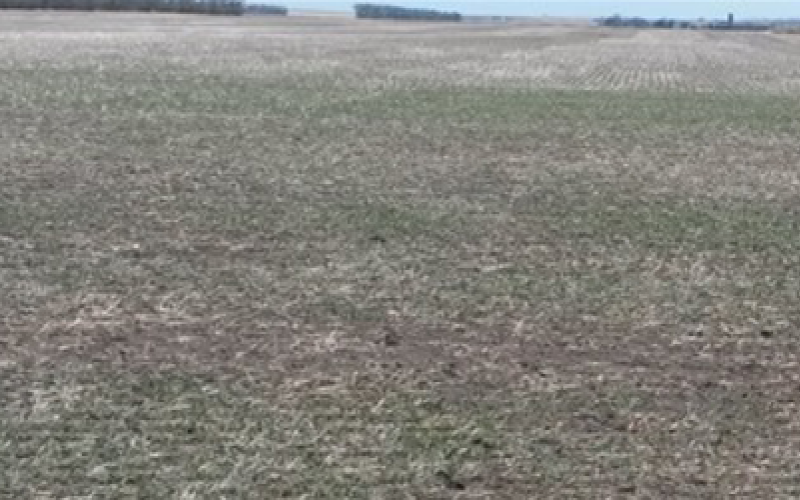
What Makes Winter Wheat a “Winter Wheat”?
For most of us wheat is wheat; however there is a distinct difference between spring and winter wheat, even though the vegetative characteristics of these two wheat types are very similar. Winter wheat can withstand freezing temperatures for extended periods of time during the early vegetative stage and requires exposure to freezing or near freezing temperature to trigger reproductive stage. In other words, if winter wheat does not go through a period of cold temperatures, then it will not produce seed. Two things needed for winter wheat to perform at optimally and produce good yields are- cold acclimation and vernalization.
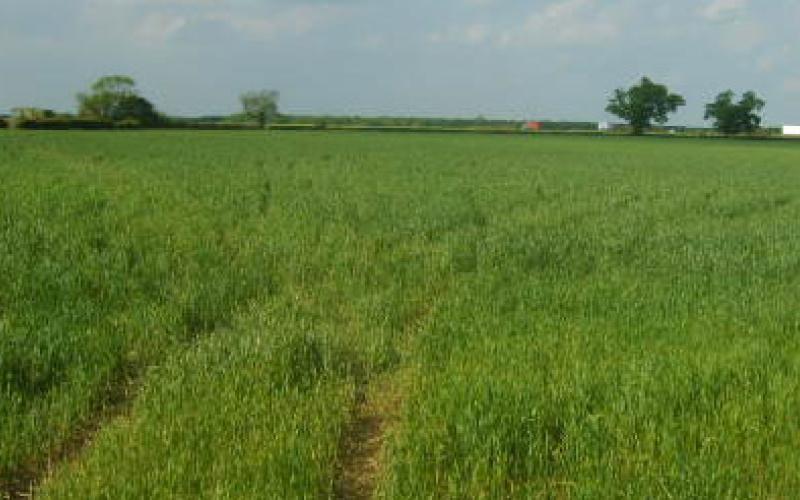
SDSU Releases Two New Spring Wheat Varieties
Two new spring wheat varieties, Forefront and Advance are being increased by South Dakota Foundation Seed Growers and will be available to everybody in 2013.
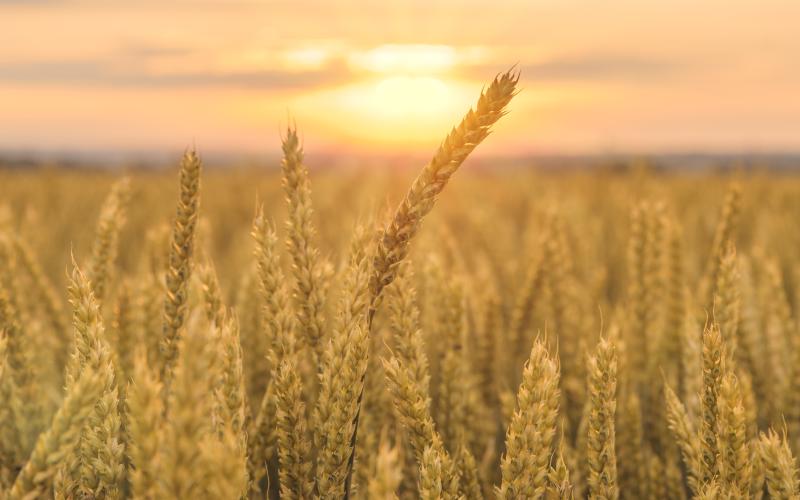
Looking Back: A History of Wheat Production in SD
In spite of the open winter and some of the worst drought conditions in history, South Dakota ended up with a very good wheat crop in terms of yield and quality in 2012. The winter wheat yields averaged 50 bushels to the acre; second highest average yield in SD recorded history.
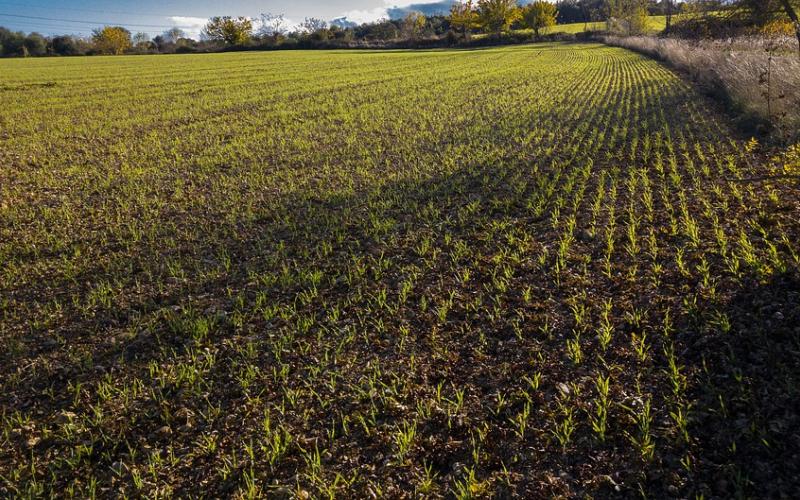
Winter Wheat Planting Date Is Important
A five year study conducted in southwestern South Dakota evaluating seven winter wheat varieties over four planting dates from September 15 to November 1 showed that delayed planting decreases yields. The results determined that planting mid September to the first of October consistently had the highest grain yield over the duration of the experiment.
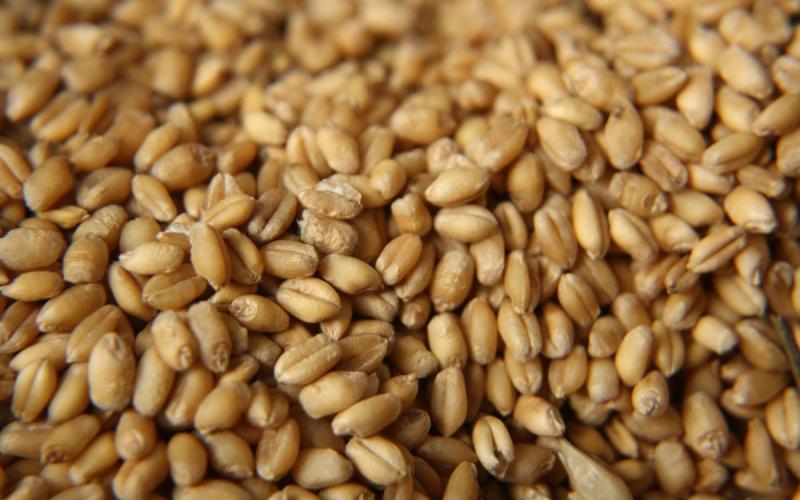
Fungicide Seed Treatments for Winter Wheat
As producers are preparing to plant winter wheat, one of the decisions to make is whether to use a fungicide seed treatment, and if the answer is yes, which product to use.
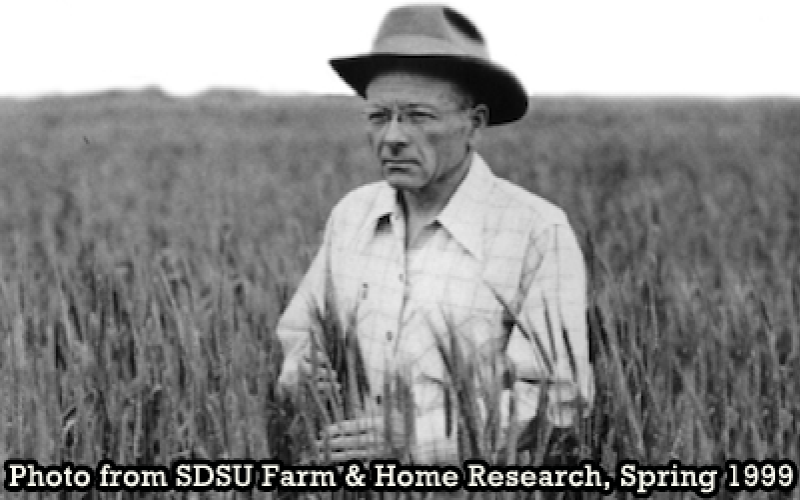
McFadden and Borlaug: Pioneering Rust-Resistant Wheat
During a brief period of time in the Dakota Territory in the late 1800’s, wheat acreage increased from just over 100,000 acres to well over a million acres. During one year in the height of this heyday, 1897, it has been stated that two-thirds of the world’s wheat was shipped from present-day Eureka, SD, and wagons bearing the crop rolled in from as far as 75 miles away.

Wheat Seed Testing, Pure Live Seed, and Seeding Rates
To legally sell wheat seed in South Dakota, a standard test—following Association of Official Seed Analysts (AOSA) seed testing protocols, for germination, purity, and noxious weeds—is required. This standard analysis, plus a seed count provides information needed to determine the seeding rate.

The Difficulty in Winter Wheat Stand Assessments
From freak snow storms to sub-zero temperatures and on to a recent lack of moisture and a cool spring, the climate in South Dakota has left many winter wheat growers and agronomists wondering about the health of their stands.

Glyphosate Resistance in Soybeans
Many weeds have developed glyphosate resistance in the past few years. Many producers who use Roundup Ready soybeans have a temptation to rely on glyphosate products to control post-emergent weeds, causing them to potentially become resistant to the chemical. If producers are unable to gain control over the weed, then weed competition will cause a significant yield loss.